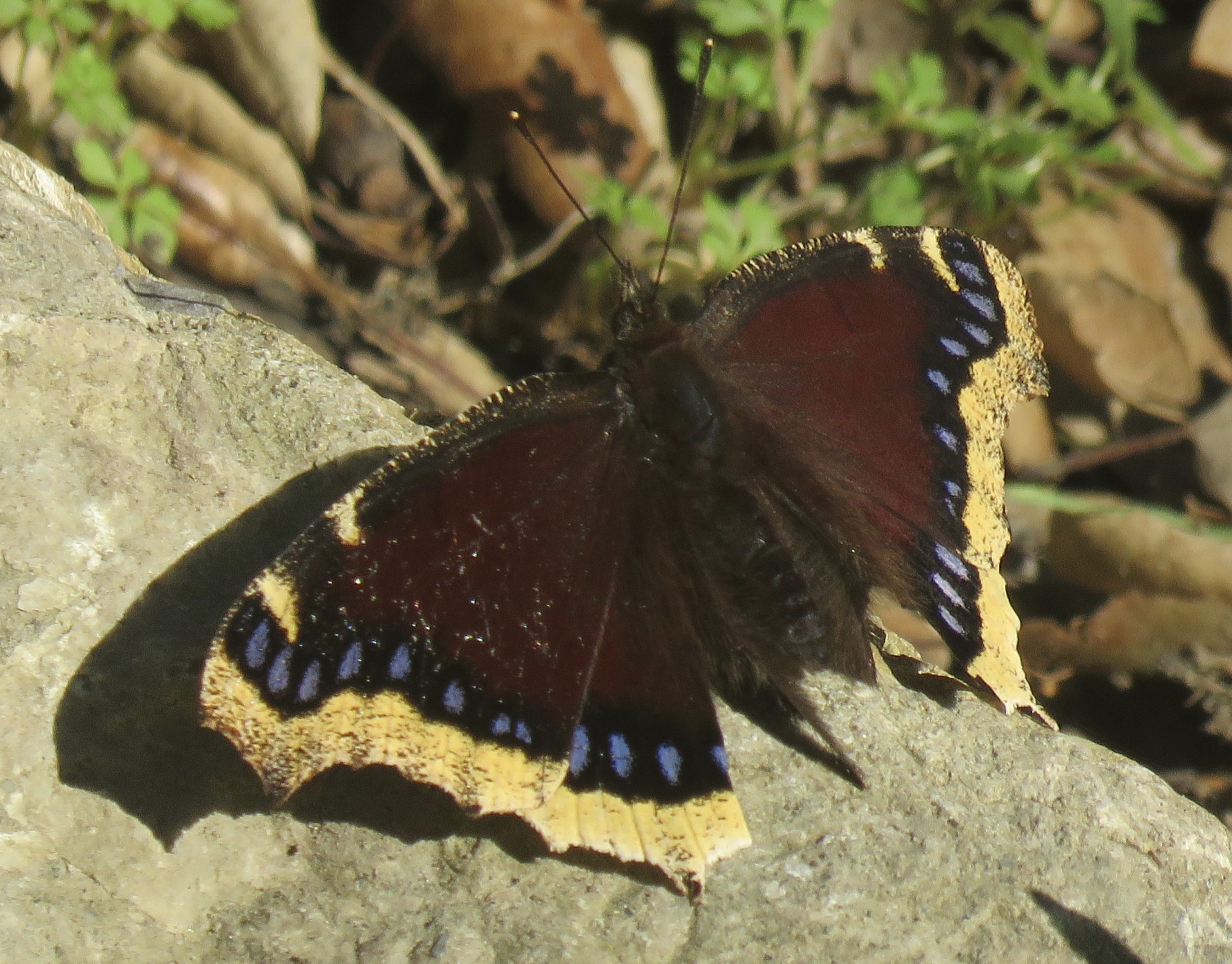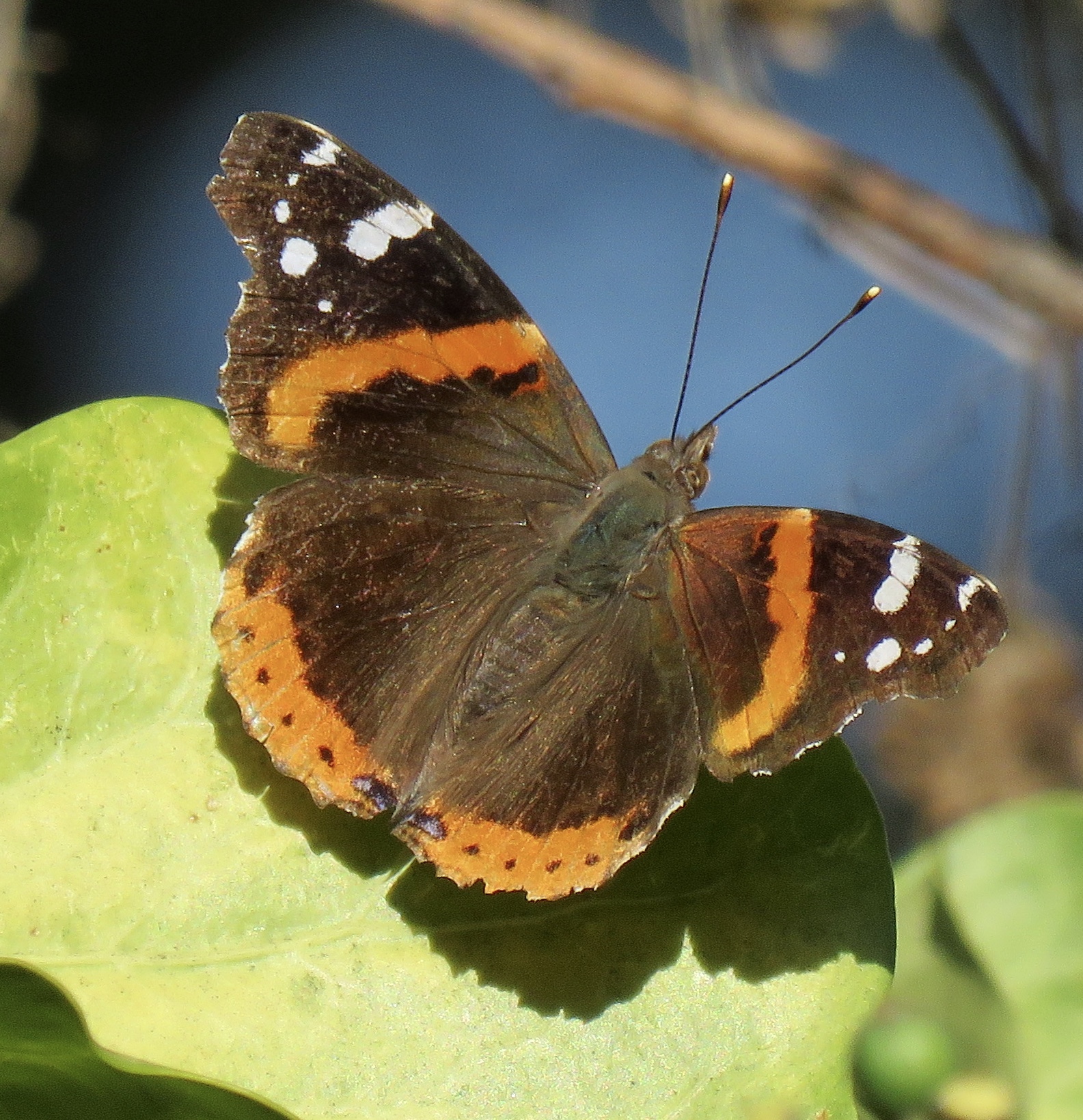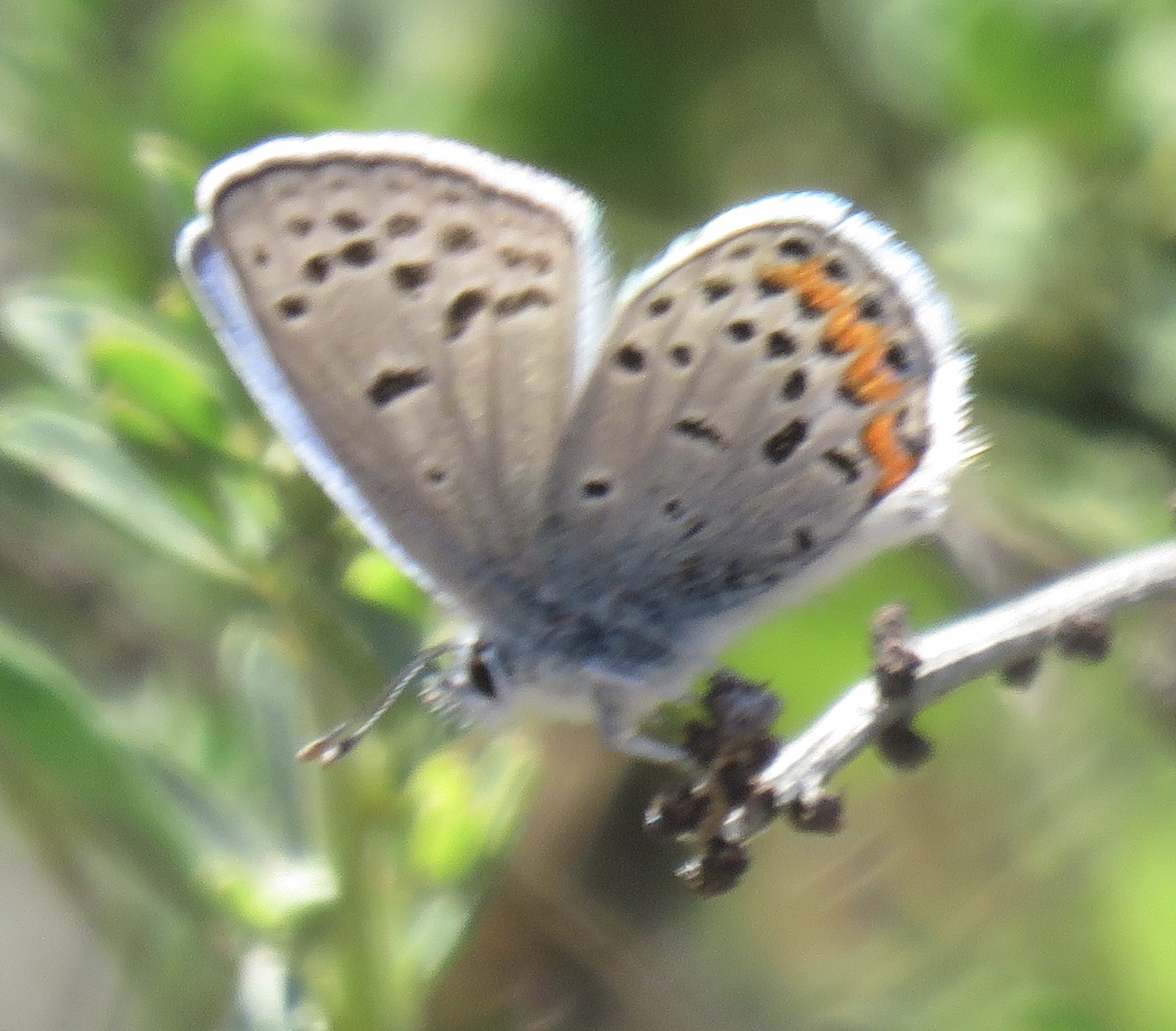The Butterflies of Mount Sutro
By Liam O’Brien
When I surveyed all the butterflies of San Francisco County in 2007 (and again in 2009) Mount Sutro was not one of my ten transect sites. I dismissed it as a horrifying example of “Sutro’s Gift” of eucalyptus from the early 1900s – a monocultural wasteland. I knew of Craig Dawson’s work and all that the Sutro Stewards had done. How an amazing oasis had been created at the summit. But part of this dismissal was the knowledge that few butterflies would probably make this journey through the trees; so few are reported to penetrate a forest (at least a eucalyptus forest). I didn’t even think it was worth the arduous trek to look for anything.
Lucky for me an offer came around last January from Noreen Weeden, GGBA’s former Volunteer Services Manager. Would I be interested in a year-long, thorough inventory of the butterflies of Mount Sutro? I’d worked for Noreen and GGBA in a similar gig out at Pier 94 a few years back. The thought intrigued me. I flipped my dismissive hypothesis on its head and asked, “Just what butterflies do use Mount Sutro?” I said yes and had my first visit in late January.
Well, it doesn’t get any better than starting off a project like this with a Mourning Cloak.

One of our most unique and beautiful (personally subjective call) butterflies, Nymphalis antiopa was basking in the morning light on a post. A true “harbinger of Spring,” over-wintering adults (the flying phase) emerge in late January from cracks and crevices they’d been sleeping in since the prior fall. Named by Linneaus after a small town in England, this butterfly throughout Europe is called the “Camberwell Beauty.” Mourning Cloaks were thought to have multiple generations (a couple of flights per season) but it turns out that there is only one generation with individuals living up to nine months! This makes it the longest-living species in North America each year. The primary thrill for me was I don’t get to see this creature very often in San Francisco. The chocolate brown field (the overall background color of the wings) with white bordered fringe is usually seen along riparian corridors and streams where its primary host plant (the plant or family of plants she lays her eggs on) willow (Salix sp.) is found in great abundance. Another cool factoid on the Cloak: if one sees the white border on this creature full and complete it’s a guarantee that it is a freshly enclosed (or just emerged from chrysalis or pupa) individual. If one just sees a remnant of white along the edge, it’s an older fellow or gal.
I ended that first day with the only species I was sure I’d see on this venture: the Red Admiral. Vanessa atalanta is known to travel between shade and sun and is perhaps the only species that the general public is guaranteed to see along the path on the way up and at the summit.

Lepidopterists (a fancy word for butterfly enthusiasts and scientists) refer to the ecosystem on the way up as “dappled sunlight” – think of a sunny glade in amongst the trees. When the Red Admiral lands, it makes a sudden 180 degree turn with its hindwings (bottom) up above its head. Fore wings (top wings) pointing down. It’s thought this maneuver makes the creature appear larger and somewhat like a face, giving a predator like a bird a millisecond pause, just enough to let the butterfly dart away. This species is actually being studied by the U.S. Air force for its unique flying abilities – it flies like no other butterfly.
One usually sees the wings of a butterfly make a downward thrust upon exiting (gives the creature immediate lift). The Admiral, to the naked eye, moves without this. How is that possible? Folks are looking into it.
Another reason I knew I’d see the Admiral that day is because of the butterfly phenomena of “hill-topping.” This is a mating-related behavior that most, but not all, butterflies exhibit. Starting at about 3 pm (and even earlier if you are an Anise Swallowtail) butterflies are drawn to the nearest hilltop to find the opposite sex. Again, not all our San Francisco butterflies (by my count we have approximately 34 species) do this, but the Red Admiral is a known, strong hill-topper. In fact, all of our species in the genus Vanessa (we have four) are hill-toppers. It’s basically a 20:1 ratio of boys to girls with many more boys waiting at the summit for the few girls that pass through. It’s the girls in the Butterfly World that mix up the gene pool by having multiple partners, flying from hilltop to hilltop for “dates.”
Sutro posses a unique challenge for butterflies looking for the summit. Like a donut of eucalyptus trees with the center hole being the top, butterflies no doubt travel up and over the tree canopy to find the summit. The Red Admiral is the only one I know that would work its way through the trees to get there.
And then an interesting thing happened: no butterflies for the next three visits. I knew I was spoiled with that initial Mourning Cloak sighting. We had an unseasonable warm February, if folks remember and virtually no cold winter in 2019. Butterfly emergence is historically based on the emergence of native wildflowers because butterflies co-evolved with them, but with Global Warming, it’s becoming more of a gamble for them. Come out too early and they miss the flowers, come out too late and they miss a mate. Should have seen my first Cabbage White (Piers rapae) in February at least but that didn’t happen until late March there. I’m gonna assume everyone knows what a Cabbage White is? Like birders who have a list of dismissed species (pigeons, House Sparrows, etc.), the Cabbage White is considered a “rat bug” by many. Personally, I still get a rush of dopamine when I see them. Go figure.

In early April, I saw a lone Acmon Blue. Icaria acmon is the easiest blue for the novice to learn because it’s the only one with an orange band (called the aurora) along the base of the hind wing’s (bottom wing) upper side. Her caterpillars (larvae) feed on a variety of plants in the pea family.

This quarter of the year has been productive and interesting up there. Mount Sutro’s summit doesn’t seem to be closed off to butterflies as I thought. I look forward to the other secrets it has to reveal in the season to come.
About Liam: Liam O’Brien is a known lepidopterist in San Francisco and beyond. As a conservationist, he created such projects as The Green Hairstreak Corridor and Tigers on Market Street for Nature in the City and Operation Checkerspot for the Presidio Trust. He received the 2014 Environmental Educator Award from Bay Nature Magazine. His blog, The Flying Pansy, can be found on baynature.org by clicking here. Look for his first book by Heyday Press in 2023. You can also follow Liam on at his Instagram handle: @robber_fly
